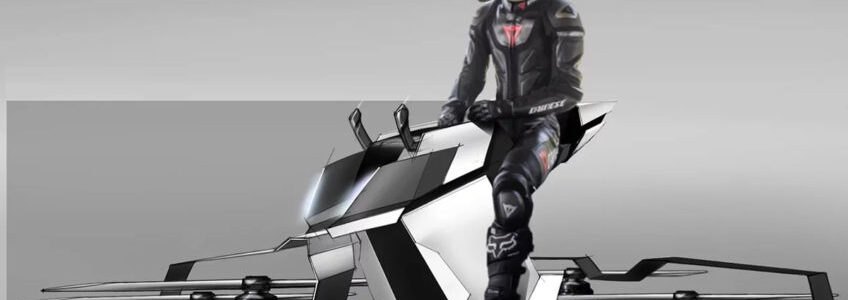The most promising digital technologies of recent times have been virtual reality (VR) and augmented reality (AR). The concept may have been around for some time but the technology is still very much in its infancy. That being said, many manufacturers have started exploring the benefits augmented reality can offer in a manufacturing environment. We also know it will have a significant impact on the industrial sector within the next few years.
The Defence Security Equipment International Exhibition (DSEI) is a world leading event uniting the global security and defence industry. It represents the entire supply chain unrivalled by anyone and a great place to share knowledge and ideas. London was the preferred location for the event held in September this year and provided great insight into the British defence industry.
In light of the increased global terror threat, exhibitors showcased some really innovative solutions. Some examples include land, marine and airborne Improvised Explosive Devices (IED’s) and mines but the main focus points were aviation, land combat, maritime as well as defence electronics, training simulations and cybersecurity.
Last week we covered electric hoverbikes in Dubai and today we’re continuing along that path but with a slight twist. What do you get when you cross a motorcycle with new technology and a mountain bike? The answer is simple – a hybrid electric motorcycle called the LMX 161-H. It resembles downhill bicycles and is described as a super-light electric motorcycle weighing in at just 42kg. Early reports suggest it’s ideal for off-road, freeride and enduro use but just as suitable for urban travel.
Two young French engineers and avid riders, Adam Mercier and Lucas Suteau, are responsible for this concept as they see a future for electric motorsport. Their vision turned prototype and the project has quickly become a crowdfunding campaign. Their aim is to get the worlds lightest freeride electric motorcycle to hit the streets all over the world. If all goes according to plan, the first deliveries will go out in May 2018.
Not that long ago everyone thought the new millennium would usher in flying cars, electric hoverbikes and other advanced tech. It’s no longer just a fantasy as portrayed in sci-fi movies with flying cars and electric hoverbikes in daring police chases. Technology is now at the point where that dream could, in fact, become reality sooner than we think. Not just for military or police purposes, but a much broader horizon awaits us all.
First it was self-driving cars and now we’re talking about autonomous flight as if we’re ordering pizza. It’s been all over the news and talks around the watercooler are more interesting than ever. Boeing’s acquisition of Aurora and a stake in Zunum Aero is set to take place this year. The overall consensus is that the aerospace industry is in for a major change.
There are a number energy sources available in nature but solar energy is by far the most abundant. Our sun provides more solar energy in one hour than the entire world consumes in a year. The question is how do we collect and store this abundance of energy more effectively?
How Nano Electronics Improve Solar Energy
The recent successful test of the Hyperloop One is proof that the future of transport is at our fingertips. The near-supersonic transit concept used magnetic levitation for the first time on the ‘DevLoop’ test track in a vacuum environment. Co-founder Shervin Pishevar claims that by achieving full vacuum, they’ve essentially created a sky in a tube as if traveling 200 000 feet in the air.
The latest test showed speeds of 308 km/h (192 mph) on the 500-meter (1,640-foot) test track in Nevada where all system components functioned as intended. The next phase is
Deep hole drilling (DHD) is a stress measurement technique used in engineering materials and components to measure locked-in and applied stresses. The process measures residual stresses at a microscopic level with penetration of over 750 millimeters (30 in), without destroying the original component.
Advances in engineering technology have given common CNC machining centres gun drilling ability up to a certain depth-diameter ratio. Roundness and surface finish are among considerations. Common applications of deep hole drilling and machining processes include
Technology is at the point where talking about a flying car should come as no surprise. This can be attributed mainly to the new lightweight material, improved batteries, advanced computer technology and controls. According to reports, DeLorean Aerospace is in the process of developing a two-seater VTOL aircraft called the DR-7. This puts Paul DeLorean in a whole new category along with Airbus, Uber, Darpa and the likes of Larry Page.
The DeLorean is best remembered for the time-traveling sports car from Back to the Future films piloted by Doc Brown. Who would have thought his quote would
The correlation between manufacturing trends and our economic growth is crucial. But how do we ensure innovation, competitiveness, higher income and improved quality of life? No surprise here as the answer lies in manufacturing. Investments in this sector impact the economy through job creation and career growth in other industries as well.











Recent Comments